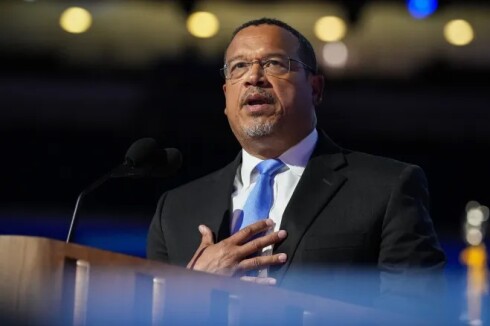DULUTH — State regulators approved two key permits for a planned transmission line linking the Iron Range and central Minnesota.
The Minnesota Public Utilities Commission, a five-member board overseeing the state’s regulated utilities, granted a route permit and certificate of need Thursday to the Northern Reliability Project, a planned 180-mile, 345-kilovolt transmission line to be built jointly by Minnesota Power and Great River Energy.
ADVERTISEMENT
The double-circuit line will stretch from Minnesota Power’s Iron Range Substation in Itasca County to Great River Energy’s substations in Benton and Sherburne counties.
Construction is expected to begin in late 2025 in Benton and Sherburne counties, and work on the remainder of the project will begin in 2027. It could be operational by 2030.

The project will largely follow existing transmission line corridors.
Minnesota Power and Great River Energy said in a news release Thursday that costs are expected to exceed $1 billion. The Public Utilities Commission will separately review and consider how Minnesota Power’s share of the project is recovered.
The project was one of 18 projects totaling $10.3 billion approved by the region’s grid operator, the Midcontinent Independent System Operator, or MISO, in July 2022.
The Northern Reliability Project and other major grid upgrades are key in transitioning from coal-fired power plants to renewables like wind and solar. Duluth-based Minnesota Power has provided 50% renewable energy since 2021 and expects to have 80% carbon-free sources by 2030, while Great River Energy, which provides electricity to cooperatives across Minnesota, anticipates it will provide 90% carbon-free power by 2035.
The transition to renewables and an expected increase in energy demand will require a more interconnected grid.
ADVERTISEMENT
In October, the U.S. Department of Energy said in a study that the transmission system would need to at least double in size by 2050 but would need to increase by 3.5 times the size of the 2020 system if the U.S. electricity system were to reach a 100% greenhouse gas emission reduction by mid-century.
The study said the buildout of more transmission can also help the grid during increasingly extreme weather events.
"This joint project with Great River Energy will support local reliability and enhance the regional grid as the way we generate, transmit and use electricity evolves. It also will enhance the grid’s flexibility and resiliency," Dan Gunderson, Minnesota Power’s vice president of transmission and distribution, said in the news release.
Great River, which provides power to power cooperatives throughout Minnesota, agreed.
"This project will serve Minnesotans for decades, helping ensure a reliable, resilient electric grid for our region as our energy transition continues," Priti Patel, Great River’s vice president and chief transmission officer, said in the news release.














